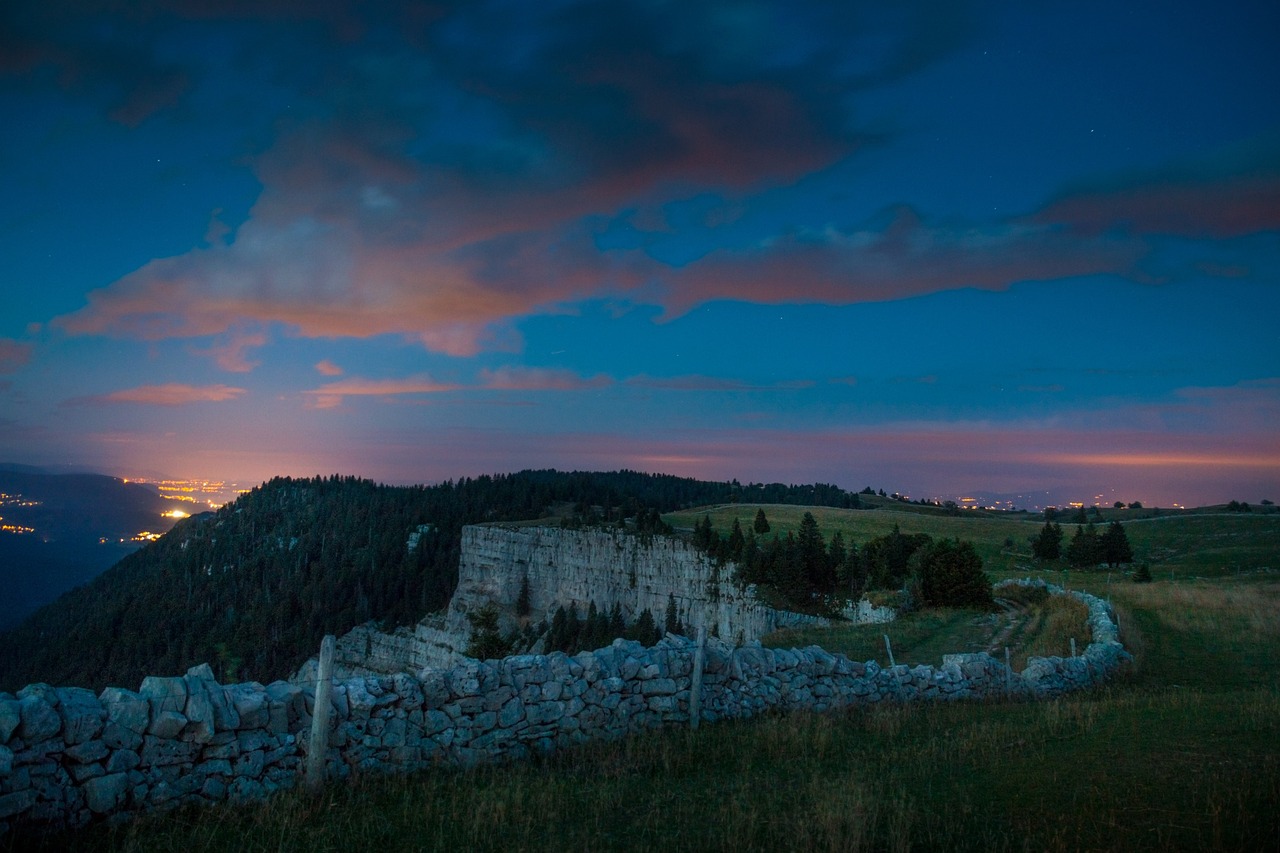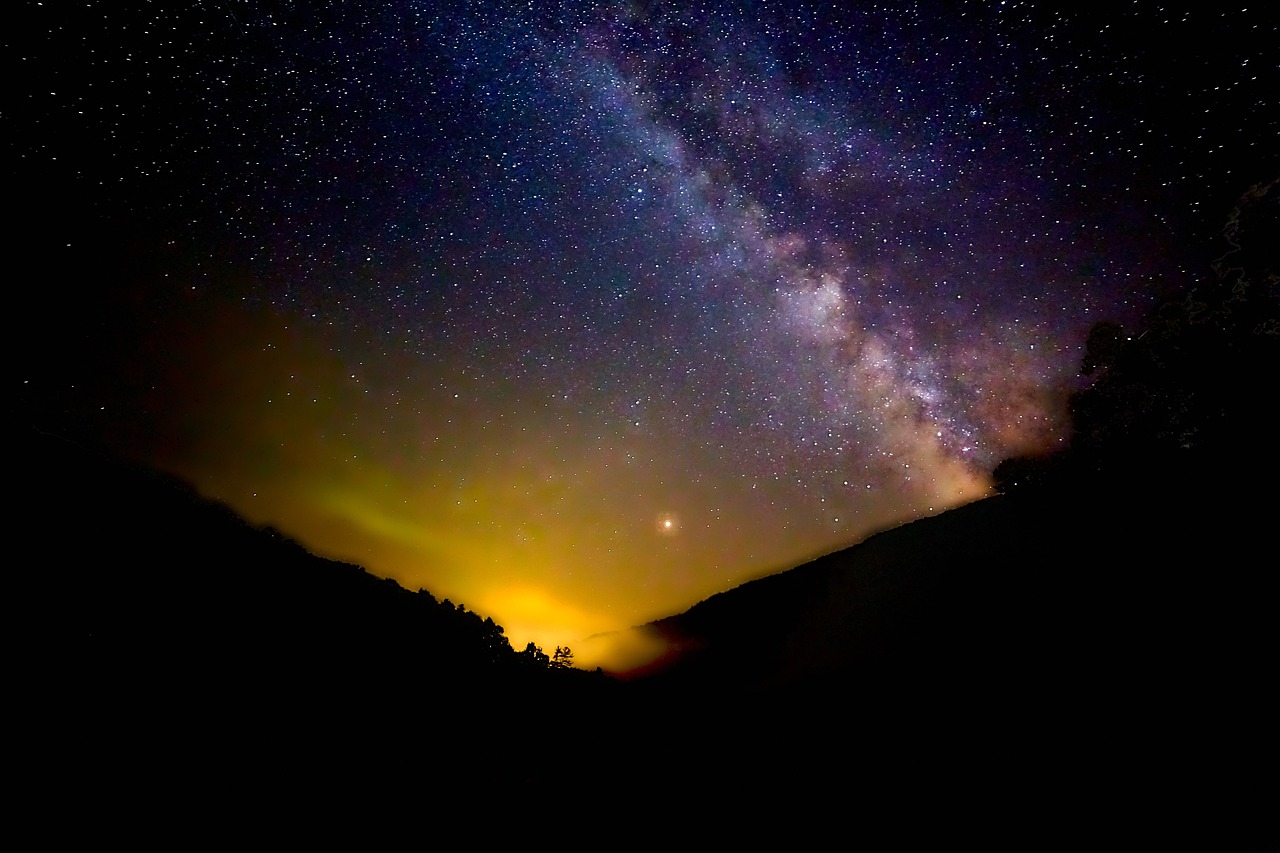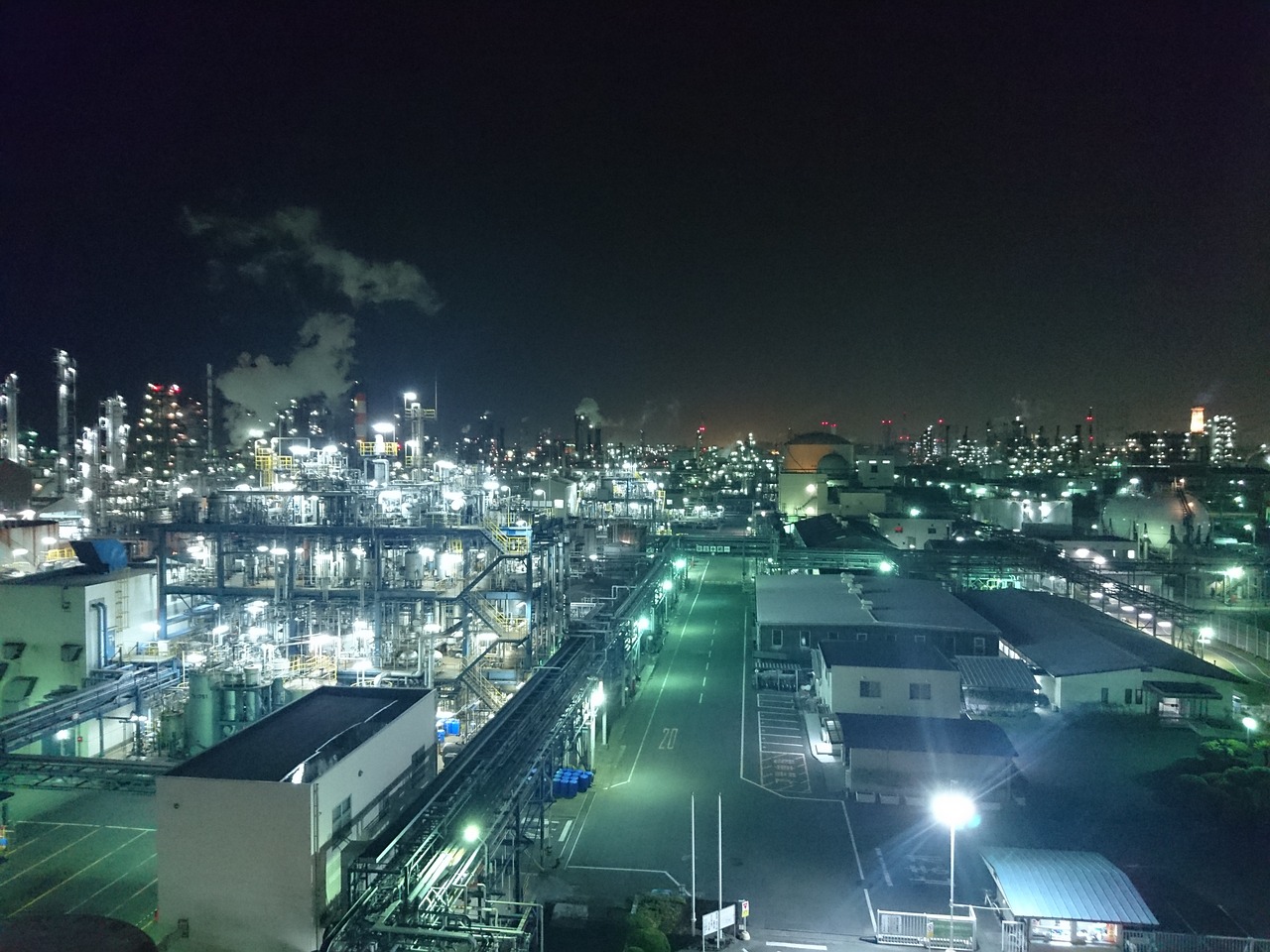Passion of the people – 1.5.4
Dark skies observation as a competitive asset
for sustainable and experiential tourism
Astrotourism (or star tourism, dark sky tourism) first presented as a trendy tourism topic at the International Tourism Fair ITB in Berlin in 2017, is increasingly becoming an attractive niche in cultural tourism. In line with this market trend, the tourist experience of the dark sky and raising awareness of light pollution are currently becoming competitive assets for sustainable and experiential tourism. Following recent research,
- Travellers are putting more emphasis on traveling responsibly,
- Environmentally sustainable travel gains importance,
- Travelling slower and greener is increasingly essential as corporates and consumers show more dedication to slashing emissions
- There is a growing trend for nature-based off-grid retreats which promise access to widescreen wildernesss,
- Silent retreats are at the heart of a growing trend in transformational travel.
Astrotourism complies with these trends and allows tourists to connect with the natural world and gain a deeper appreciation for the cosmos, while also promoting sustainable tourism practices such as reducing light pollution and conserving dark sky areas. Additionally, astrotourism provides opportunities for local communities to benefit economically, preserving their culture and way of life while also preserving the environment. By combining elements of education, recreation, and conservation, astrotourism provides a memorable and meaningful experience that appeals to a growing segment of eco-conscious tourists. This presents outstanding opportunities for tourism, especially for providers who want to exploit lucrative tourism niches.
Some regions provide a unique and unforgettable experience for tourists who are interested in exploring the beauty of the night sky, while also supporting sustainable tourism practices. Astrotourism experiences are not easily replicated elsewhere and not so many regions in the world are suitable for a unique experience of stargazing: little light pollution and clear skies are a precondition for successful astrotourism. Some of the best locations for astrotourism include:
- Atacama Desert in Chile, which is considered one of the best places in the world for stargazing due to its high altitude, dry climate, and limited light pollution.
- Dark sky preserves and parks in the United States, such as Big Bend National Park in Texas, Bryce Canyon National Park in Utah, and the Great Basin National Park in Nevada.
- Rural areas in Australia and New Zealand, which offer stunning views of the Milky Way and Southern Hemisphere constellations.

Further resources
Links below will redirect you to external websites. In accordance with the European data protection declarations, we would like to point out that by clicking on these links you may send data to external providers. We cannot prevent that.
Images
![]() Forest – Light Pollution – stars
Forest – Light Pollution – stars
Videos
![]() Astrotourism – Feeling the Universe
Astrotourism – Feeling the Universe
![]() The Sunday Night Astronomy Show – Astro Tourism
The Sunday Night Astronomy Show – Astro Tourism
On line resources
 Wie man Oret zur Sternenbeobachtung findet
Wie man Oret zur Sternenbeobachtung findet
Further readings
![]() Dark Skies: A Practical Guide to Astrotourism (Valerie Stimac)
Dark Skies: A Practical Guide to Astrotourism (Valerie Stimac)
![]() Astrotourism: Star Gazers, Eclipse Chasers, and the Dark Sky Movement. (Michael Marlin)
Astrotourism: Star Gazers, Eclipse Chasers, and the Dark Sky Movement. (Michael Marlin)
![]() Theming in astrotourism – A practical handbook in designing experiences (Carlos Fernández Hernández et al.)
Theming in astrotourism – A practical handbook in designing experiences (Carlos Fernández Hernández et al.)
Teaching Materials
![]() The Forbes study on tourism trends 2023
The Forbes study on tourism trends 2023
![]() The CN Traveller study on travel trends
The CN Traveller study on travel trends
![]() Dark Sky Tourism: An engine for sustainable socio-economic development (IAU workshop – video)
Dark Sky Tourism: An engine for sustainable socio-economic development (IAU workshop – video)
For Kids


